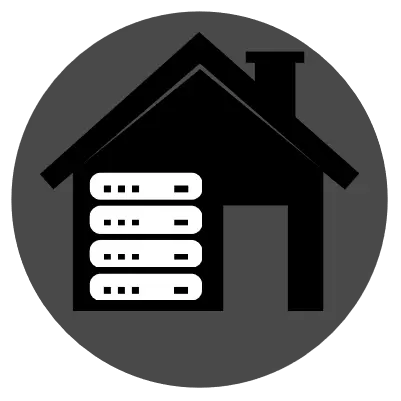This is a question mostly for the sake of trying to learn more about how self-hosting works, and it is not vital that I resolve this. But if anyone wants to help me understand this, I would greatly appreciate it.
I have a media server running at home with certain Docker containers (Jellyfin, Navidrome and Audiobookshelf currently). I have not exposed these services to the internet, so they are currently only accessible on my home network, which is all I need for the time being. The server itself is connected to an external VPN provider as there may or may not be some torrenting involved at some point. Let’s say the name of the server is mediaserver.
From my laptop connected to the same network, I can access all these services through http://mediaserver.local: or http://:, while connected via the same VPN provider on the laptop also. On my cell phone (running CalyxOS), I am unable to do so. I need to disable VPN in order to access the services.
What is the difference between my laptop connected via VPN and my phone doing the same thing, both connected to my home network. I didn’t actually think the VPN would come in to play before making requests outside my home network, but that’s probably just me being ignorant.


You probably need to set up split tunneling in your VPN app on your phone. Either enable split tunneling for the apps on your phone that you use to connect to your home server or enable split tunneling in the VPN app for the local IP address of your home server so that you can use any apps to connect to your home server while still having the VPN enabled for any other websites you visit in those apps. I know ProtonVPN and Mullvad both automatically have split tunneling set up for local IPs on PC but not for Android, this would explain the differences between your laptop and phone